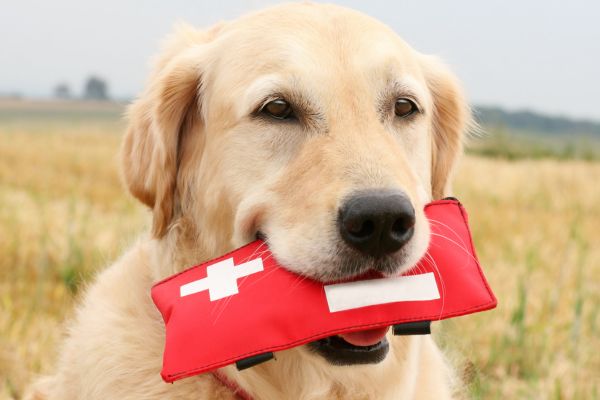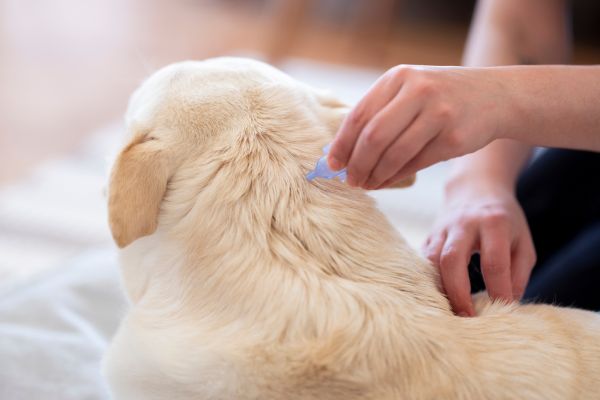Our research has shown that sloths suffer mental and physical harm when they are removed from their natural habitat for tourists.
Every year, hundreds are captured from the wild to be used by tourists as photo props.
Must Read: https://www.animalfinds.co.uk/amazon-wildlife-selfie-trade/
Tourist selfies with the brown-throated, three-toed slotshs is one of the most popular among all six species. It is easy to capture them in the wild and make tourist entertainment out of them because they are quiet and docile.
Many of these wild animals can be held in their hands or their claws as they are passed from one person to another. Many tourists have never seen a sloth before. This can be an amazing, once-in a lifetime opportunity.
We wanted to find out the real impacts on the welfare and health of the sloths. Understanding how the sloths are affected will help us to protect them.
Research gaps
Researches in the past showed that wild animals can be subject to psychological and physical stress.
We are not aware of any research which examined the effects of direct contact on the welfare and well-being of sloths.
What does sloth behavior tell us about their welfare?
It is easy to interpret animal behavior and their welfare by using reliable methods. To see how sloth welfare was affected, we monitored their behavior while they were being handled.
Never Miss: https://www.happylifeanimal.com/the-secret-recipe-for-chicken/
It was important to first understand how sloths behave. This would allow us to compare how sloths behaved in their natural environment and how they react when handled by humans.
In January 2017, I traveled to Medellin, Colombia to see the AIUNAU. This rescue and rehabilitation center for sloths, and other animals such as anteaters, armadillos, is located in Medellin. I spent time watching the sloths and collecting data about their behavior. The sloths were not in their natural habitat, but they had been successfully rehabilitated. They were now ready to be released into the wild. They were acting normal and natural behaviours.
Selfies taken with sloths
Two dedicated researchers dressed up as tourists to help you compare the behavior of sloths. They traveled to Colombia and Brazil to capture sloth selfies taken by tourists.
They collected hours of footage. We returned to London and reviewed the footage to see how the sloths behaved when handled. We used statistical analysis to compare the behavior of the sloths in their natural environment and when they were housed at a rescue and rehabilitation center.
Also Read: https://www.friendlyanimal.us/cruelty-of-tourism/
What we found
We observed significant differences in the behavior of the sloths.
They were also more alert when the sloths were being handled. This suggests that they might have been afraid of their surroundings. They also slept less and behaved in unusual ways for their species.
It is highly probable that some of these behaviours are signs of anxiety, fear, and stress due to direct physical contact with humans. These behaviours indicate that sloths’ welfare is at risk when they are used to take selfies.
Tourists who seek close encounters with sloths are often unaware of the harm this activity can cause to the animals.
However, we are well aware that sloths can be anxious and stressed by being handled. It can also reduce their lifespan.
This research provided some evidence for our Wildlife Selfie Code campaign.
Most Popular: https://www.animalchoice.us/ghost-fishing-gear/
We found that the suffering of sloths in tourist tourism is a very serious issue. We ask that you sign the pledge and spread the word about the damage selfies can cause to sloths.


